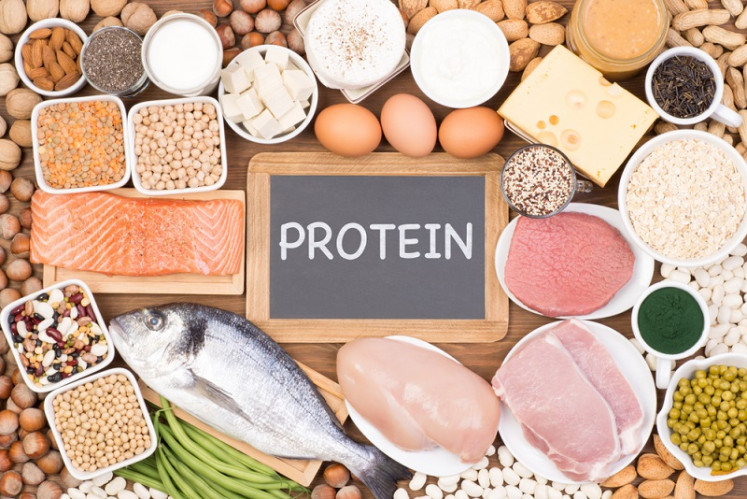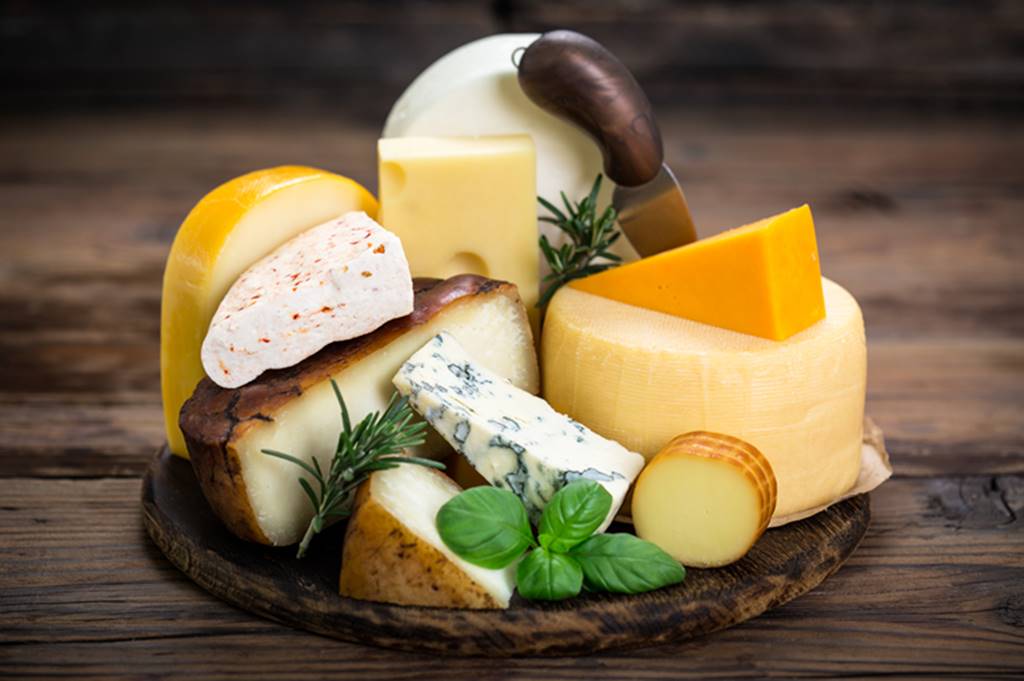We all have similar, but realistic, stories to tell when it comes to getting in the proper nutrition, especially when it comes to protein. We are too busy, have too little time, and have too much to do to stop and prepare meals. Instead, we tend to rely on convenience foods, fast foods, and so-called short cuts to trick ourselves into thinking we’re getting the right amounts and the right kinds of protein sources.

It’s tough, I get that, but there are several ways to add protein to your day without resorting to drastic overhauls to your schedule. For one, be prepared. There’s an old saying that there’s no such thing as a rainy day, just bad preparation—like forgetting your umbrella.
- Buy in bulk. Take a lunch bag and other items to make it easier for you to have protein at the ready.
- Have a plan. Establish a rough plan throughout each day of the week regarding the number of meals, packing a lunch or lunches and not to mention workout schedule.
- Be flexible and have a backup plan. In times of stress, schedule changes and long stints away from food resources, adopt a flexible mentality and try not to get discouraged when a wrench is thrown into your machine. Have a contingency plan for those times when you get derailed.
With the above in mind let’s look at a few convenient, healthy options for adding protein to your day that fall right in line with your optimal plan.
1.Cheese
Cheese is the unsung hero protein source. Packed full of slow-digesting casein protein, it’s perfect for either a late-night snack when you want some slow-acting aminos or combined with meals when you know your next one isn’t for a while. Unlike whey protein, casein is slowly released and digested and helps you feel fuller longer.

Have it with fruit, nuts, or add it to pancakes or other baked goods. You can simply eat it solo if you’re up for it. Each one-cup serving provides 25 grams of protein and a nice dose of vitamin D.
2. Nuts
Who hasn’t read about the healthy advantages of nuts? Walnuts, almonds, peanuts, and pistachios are just a few of the more common yet power-packed varieties to add to any meal. As a versatile choice, and also known for its abundant source of healthy fat, nuts are also considered a viable protein source. While most will yield around six grams per ounce, they can be added to many different meals, instantly upping the protein content.
Add them to oatmeal, use them as a coating for fish, drop an ounce or two in your favourite smoothie, salad or yoghurt, or simply eat a handful raw. However you decide to add them to your meal plan, you can’t go wrong.
3. Whey Protein
One of the most popular supplements on the market, it doesn’t take a genius to appreciate the versatility, convenience, and effectiveness of whey protein. As a quick-acting/digesting protein source, it’s ideal for pre and/or post-workout nutrition when you need to start the rebuilding process as soon as possible.
Not only can you add it to smoothies, but you can also add a scoop or two to oatmeal, whole wheat pancakes, or even fat-free, sugar-free pudding. Just a quick note about flavour: Be careful when adding it to other foods when choosing a specific taste. Some brands have strong flavours, so opt for natural vanilla or unflavored kinds.
One serving, or one levelled scoop, of whey, will normally provide around 20 to 30 grams of protein depending on the manufacturer. Also, be careful about additives, ingredients, carbohydrate counts, and fat counts.
4. Chia Seeds
It seems there’s a new food fad around every corner. Everything from some new undiscovered bean from Southeast Asia to an ancient grain only grown in South America. No longer a trend in the nutrition realm, chia seeds are here to stay. Packed with a whopping eight grams of protein per two ounces, they can be added to virtually any food thanks to their mostly tasteless, slightly nutty texture.

Add them into yoghurt, oatmeal, salads, top chicken or other meats, and add into ground meat or fish. They also boast a high fibre count and contain healthy fats.
5. Greek Yogurt
Now firmly established as a staple to any healthy eating plan, Greek yoghurt has found its place among the impressive protein family. Touting, in many cases, double the amount of protein than regular yoghurt, it contains up to 16 grams per cup. It’s also known for its cultures which help digestion and gut health.
Add it to smoothies, replace your salad dressings and sour creams, add in fruit, mix with raw oatmeal or granola, or just eat it as is. As noted with whey protein, when adding it to other foods always be cognizant of flavour clashes.
6. Beans
Not just for vegetarians anymore, beans are full of all kinds of goodness. Not only are they low in fat, high in protein, and full of fibre, many choices are great sources of iron. Since they aren’t considered a complete protein (not having a complete essential amino acid profile) they are best when paired with other foods to fill in the gaps.
Adding in rice, quinoa, or other grains can greatly impact your muscle-building needs. Other options could be to add them to salads, pasta salads, or just eat them on their own. Try garbanzo, black, pinto, and red beans to pack in around 20 grams of protein per half-cup.
7. Eggs
Lastly, we can’t close this topic without mentioning eggs. Eggs are considered by many to be the perfect protein food. Full of vitamins and minerals, and not to mention a complete source of protein, they are void of carbs and easy to prepare.

Add them hardboiled to salads, scrambled on whole wheat bread with an avocado, or scrambled in rice. Eggs are also easy to transport. Hardboiled eggs alone make a great protein-rich snack by supplying 6 grams of the stuff.
Fill Your Life with Protein
It’s not too difficult to add some high-quality protein to your daily eating habits. All it takes is some planning, preparation, and a willingness to be flexible in times of getting derailed while avoiding shortcuts. Try a few of the above tips to reinforce your recovery no matter what life throws at you.
Comments
Post a Comment